
Alice Brady was an American actress of stage and film. She began her career in the theatre in 1911, and her first important success came on Broadway in 1912 when she created the role of Meg March in the original production of Marian de Forest's Little Women. As a screen actress she first appeared in silent films and was one of the few actresses to survive the transition into talkies. She worked until six months before her death from cancer in 1939. Her films include My Man Godfrey (1936), in which she plays the flighty mother of Carole Lombard's character, and In Old Chicago (1937) for which she won the Academy Award for Best Supporting Actress.

Theda Bara was an American silent film and stage actress. Bara was one of the more popular actresses of the silent era and one of cinema's early sex symbols. Her femme fatale roles earned her the nickname "The Vamp", later fueling the rising popularity in "vamp" roles based in exoticism and sexual domination.

The Ziegfeld Follies were a series of elaborate theatrical revue productions on Broadway in New York City from 1907 to 1931, with renewals in 1934, 1936, 1943, and 1957. They became a radio program in 1932 and 1936 as The Ziegfeld Follies of the Air.

Fania Borach, known professionally as Fanny Brice or Fannie Brice, was an American comedian, illustrated song model, singer, and actress who made many stage, radio, and film appearances. She is known as the creator and star of the top-rated radio comedy series The Baby Snooks Show.

Mary Margaret Wood was an American actress of stage, film, and television. She is best remembered for her performance as the title character in the CBS television series Mama (1949–1957), for which she was nominated for a Primetime Emmy Award for Outstanding Lead Actress in a Drama Series; her starring role as Naomi, Ruth's mother-in-law, in The Story of Ruth (1960); and her final screen appearance as Mother Abbess in The Sound of Music (1965), for which she received nominations for both an Academy Award and a Golden Globe Award.

Elsie Louise Ferguson was an American stage and film actress. Seen by some as an early feminist, she promoted suffrage, which she discussed in interviews, and supported animal rights.
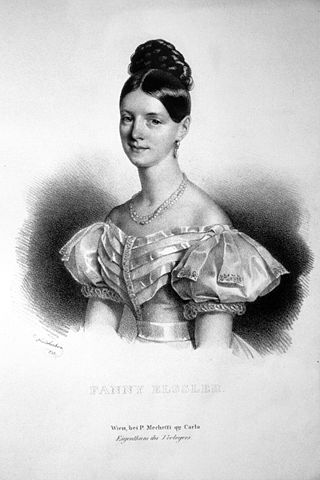
Fanny Elssler was an Austrian ballerina of the Romantic Period.

Margaret De Wolfe Wycherly was an English stage and film actress. She spent many years in the United States and is best remembered for her Broadway roles and Hollywood character parts. On screen she played mother to Gary Cooper and James Cagney.

SarahJane Wolfe was an American silent film character actress who is considered an important female figure in Thelema. She was a friend and a colleague of Aleister Crowley and a founding member of Agape Lodge of Ordo Templi Orientis in Southern California.

Viola Emily Allen was an American stage actress who played leading roles in Shakespeare and other plays, including many original plays. She starred in over two dozen Broadway productions from 1885 to 1916. Beginning in 1915, she appeared in three silent films.

Fannie Dorothy Davenport was an American actress, screenwriter, film director, and producer.

Constance Binney was an American stage and film actress and dancer.
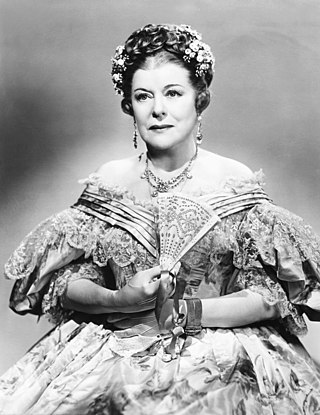
For the Irish-born American nurse, see Mary G. Boland.

Vivian Martin was an American stage and silent film actress.
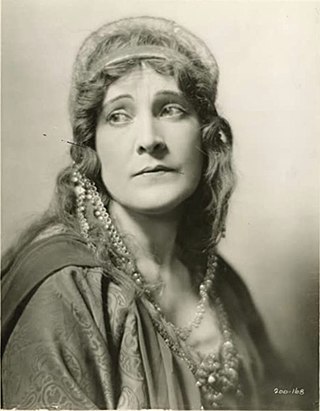
Claire McDowell was an American actress of the silent era. She appeared in 350 films between 1908 and 1945.
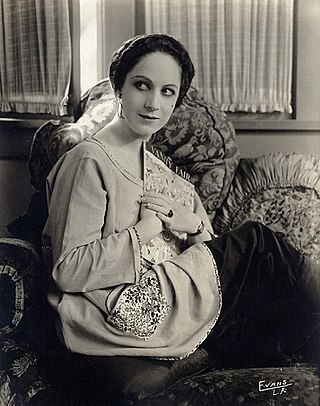
Claire Du Brey was an American actress. She appeared in more than 200 films from 1916 to 1959. Her name is sometimes rendered as Claire Du Bray or as Claire Dubrey.

Erin O'Brien-Moore was an American actress. She created the role of Rose in the original Broadway production of Elmer Rice's Pulitzer Prize-winning play Street Scene (1929), and was put under contract in Hollywood and made a number of films in the 1930s. Her promising career on the stage and screen was interrupted by severe injuries she sustained in a 1939 fire. Following her recovery and extensive plastic surgery, she returned to the stage and character roles in films and television, including four seasons of the primetime serial drama Peyton Place (1965–1968).
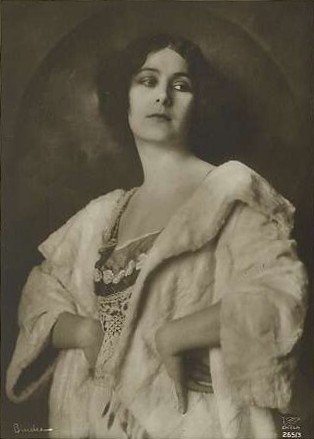
Lil Dagover was a German actress whose film career spanned between 1913 and 1979. She was one of the most popular and recognized film actresses in the Weimar Republic.

Florence Reed was an American stage and film actress. She is remembered for several outstanding stage productions, including The Shanghai Gesture, The Lullaby, The Yellow Ticket and The Wanderer. Her best remembered movie role was as Miss Havisham in the 1934 production of Great Expectations. In this version, however, Miss Havisham was changed from a completely insane woman to an eccentric, who did not wear her wedding veil constantly, and who dies peacefully rather than as a result of suffering burns in a fire. In the 1950s, Reed performed in several early television shows, such as The Philco Television Playhouse, Kraft Television Theatre and The United States Steel Hour. She is a member of the American Theater Hall of Fame.
Ida May Lewis was an American stage and screen actress. She started in the theater when Daly and Wallack were the top manager impresarios. She later appeared in many silent films allegedly beginning with David Horsley studios in 1911. From 1913 she did much silent film work. She appeared in Frank Keenan's version of The Bells in 1918. Her final film was in 1932 in an uncredited role in the May Robson 'Grandma' segment of If I Had a Million.


















